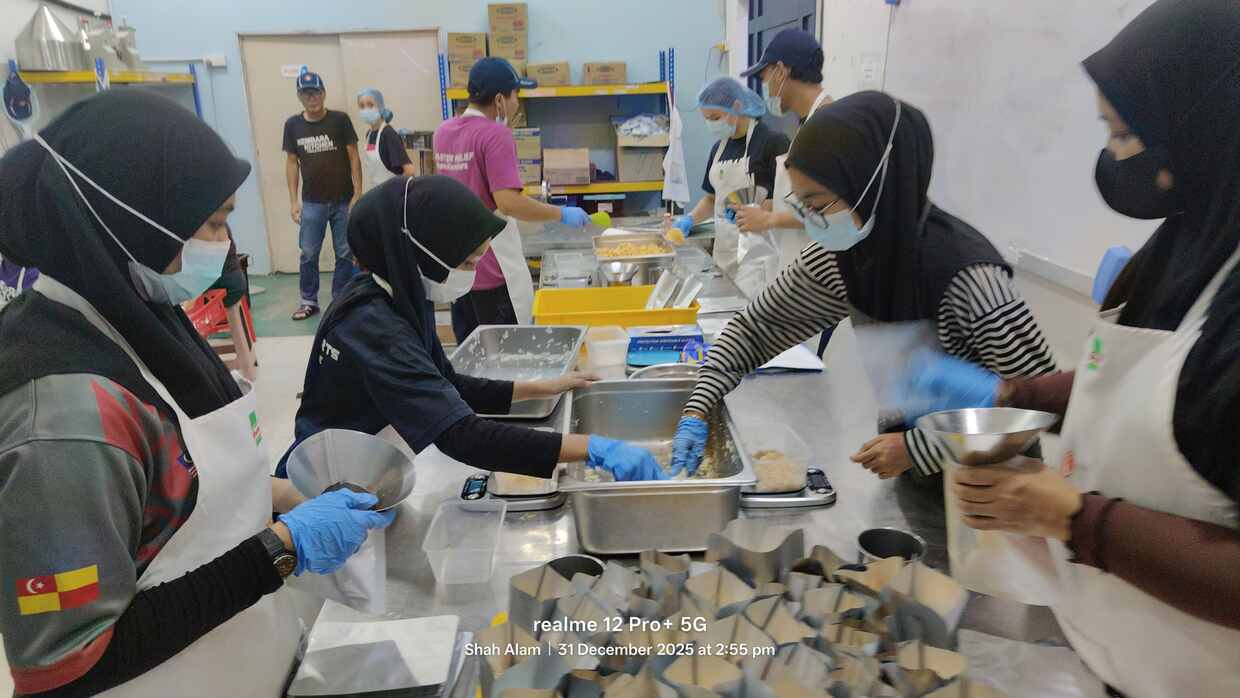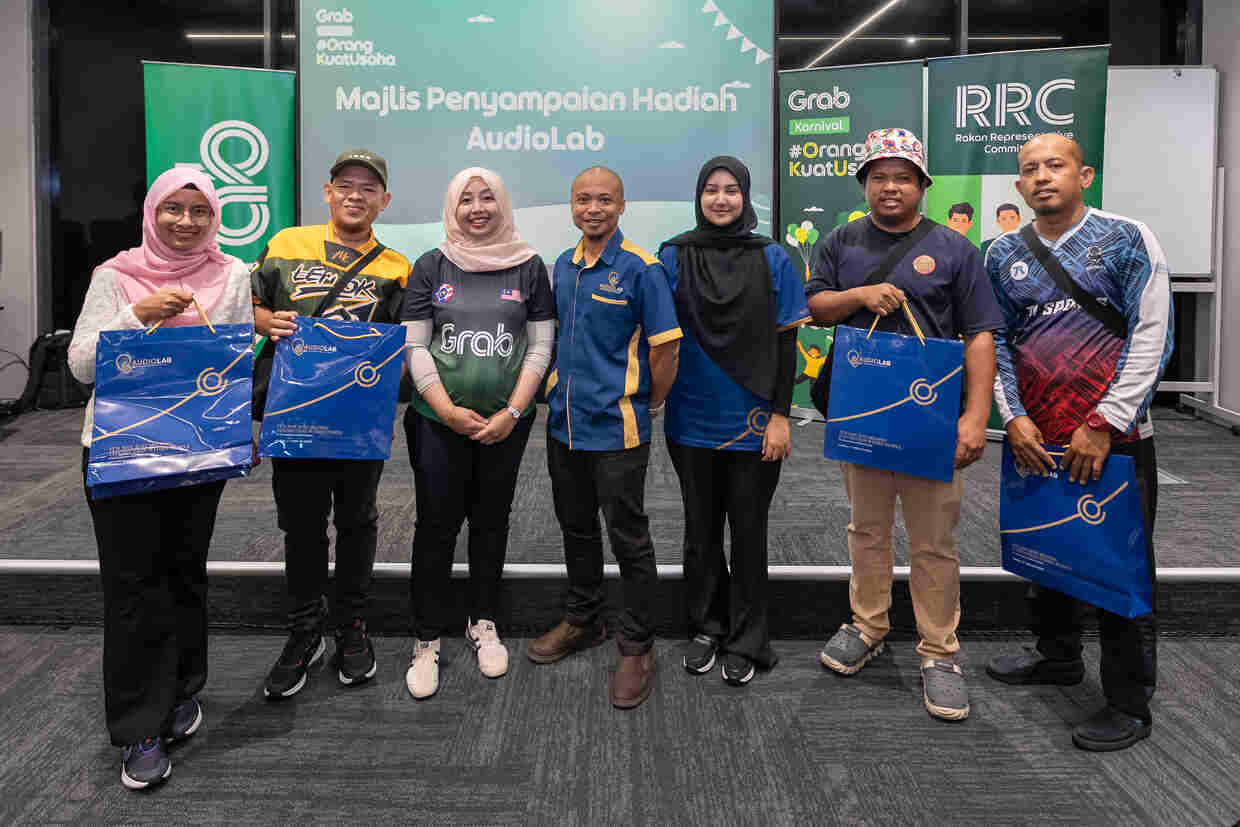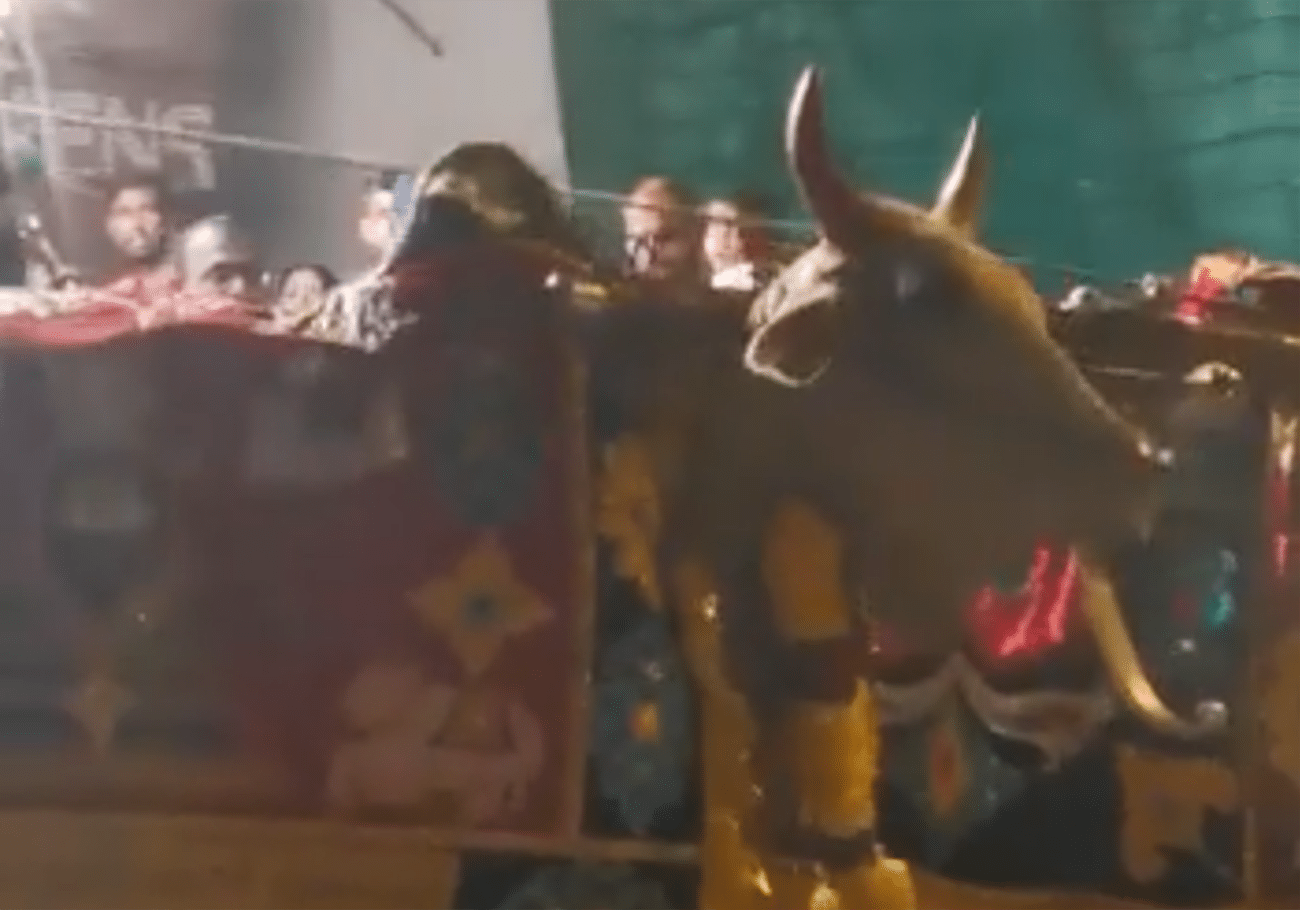
The Consumers’ Association of Penang (CAP) has expressed concern over an incident that occurred during a chariot procession for the Chitra Pournami festival in Teluk Intan.
A video recording showed bulls struggling to pull the chariot, and at the suggestion of a devotee, the handler resorted to hitting the animals.
CAP is appalled by this treatment and calls for the Malaysia Hindu Sangam (MHS) to establish guidelines for the humane treatment of animals during such processions. This news highlights the importance of reverence and respect for all creatures, as integral to the principles of Hinduism.
Ceasing the use of bull in chariot processions

CAP urges the MHS, Hindu associations, and temple committees to discontinue the use of bulls to pull chariots during processions nationwide. The association believes that subjecting animals to such labour is cruel and inflicts unnecessary suffering.
It suggests adopting alternative methods, such as using small tractors and encouraging devotees to join in pulling the chariots. This approach would ensure humane and inclusive participation while upholding the religious significance of the event.
The prohibition of using bulls to pull the Thaipusam chariot by the Penang Hindu Endowment Board (PHEB) in 2016 sets a precedent for promoting animal welfare.
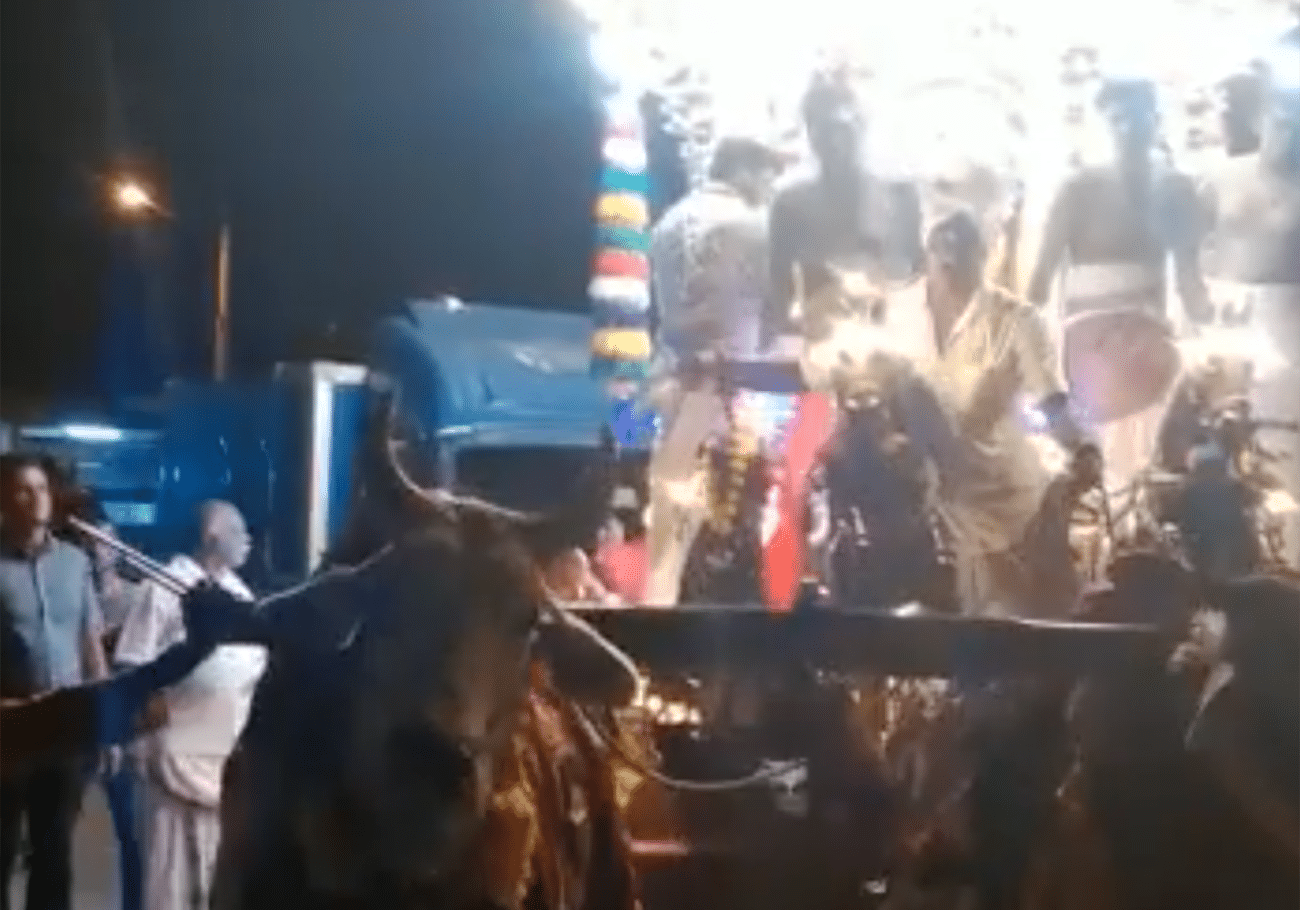
Similarly, in various regions of India, particularly in the southern states, the use of bulls in temple chariot processions has ceased. Devotees have come together to manually pull the chariots, while others have utilized tractors for the same purpose.
These examples demonstrate that alternative methods can be successfully implemented, providing a compassionate approach to these traditional processions.
Upholding reverence and respect for animals
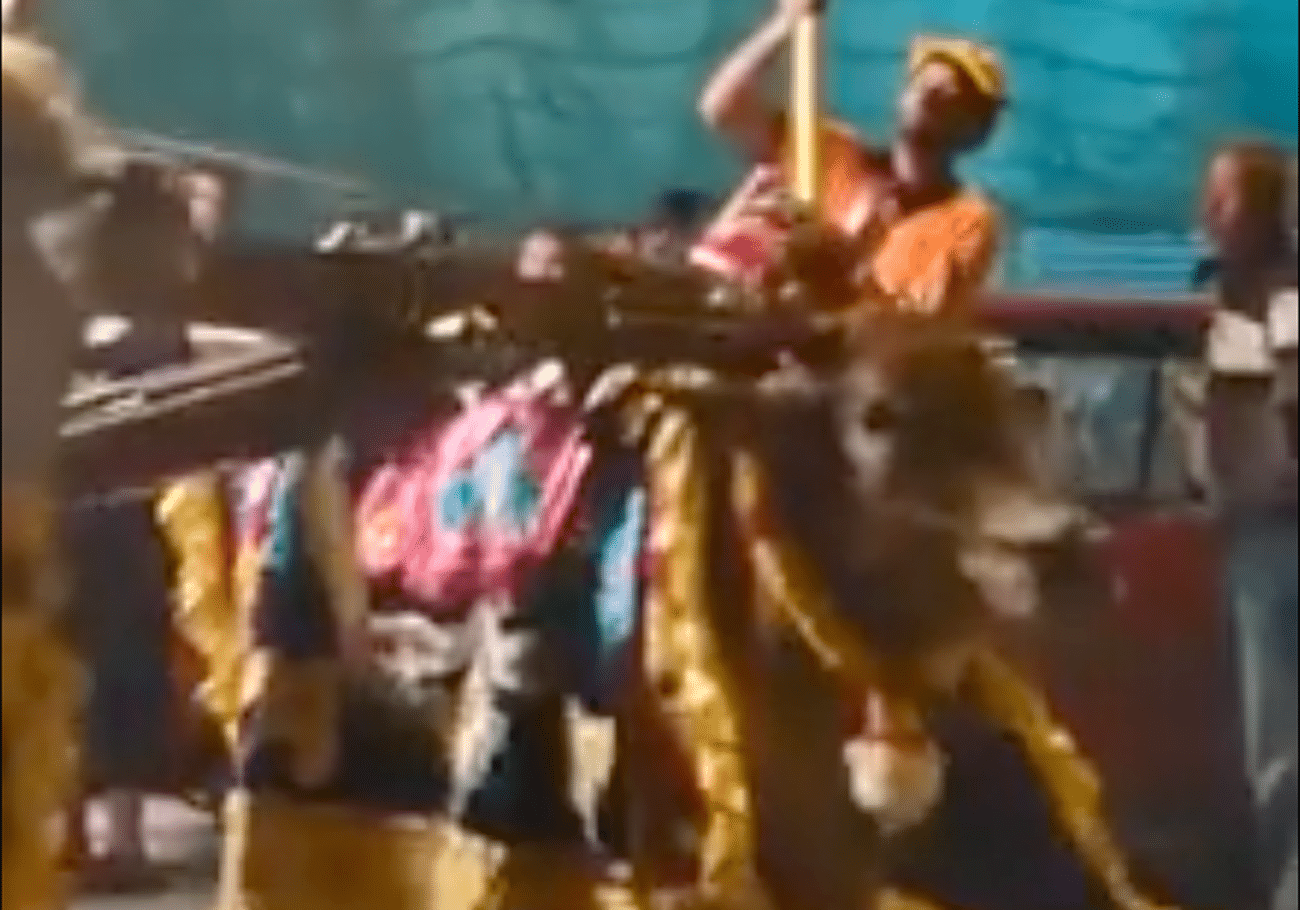
Reverence and respect for all animals are fundamental principles of Hinduism. The treatment of animals during religious ceremonies and festivals should align with these values.
The CAP emphasizes that the use of bulls to pull chariots contradicts the spirit of compassion and kindness preached by the religion. By transitioning to alternative methods, temple committees can set an example and foster a greater understanding of animal welfare within the community.
The 5-tonne silver chariot procession to Batu Caves in Kuala Lumpur presents an excellent case study. Instead of relying on animal labour, the chariot is now drawn by a motorized vehicle.
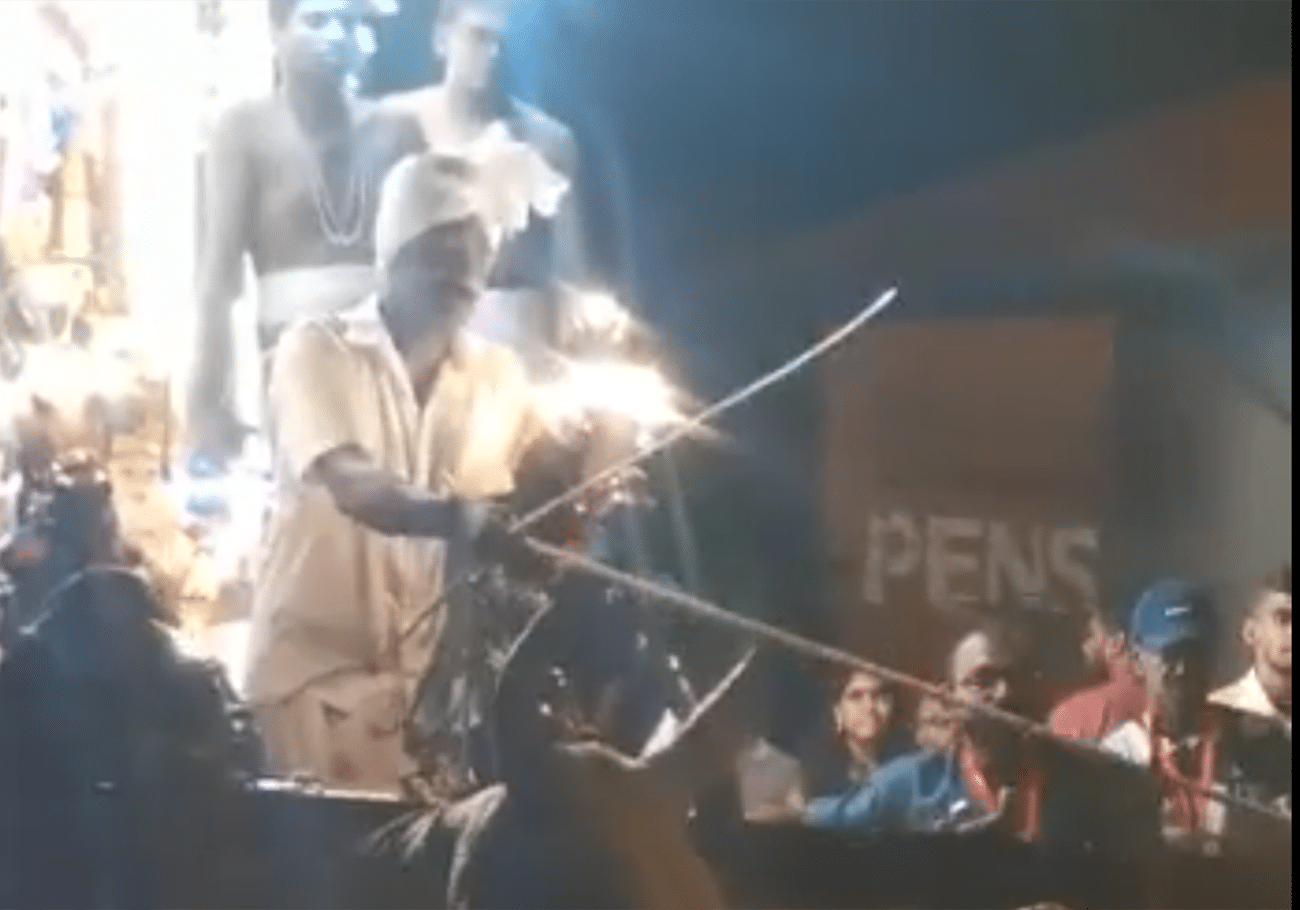
This modification not only ensures a safe and efficient procession but also upholds the principle of compassionate treatment towards animals. The success of this transition underscores the feasibility of adopting similar changes in chariot processions across the country.
By embracing alternative methods, such as using tractors and encouraging devotee participation, the sanctity of these events can be preserved while demonstrating compassion towards animals.
It is imperative to honour the principles of Hinduism and promote a society that values and respects all living creatures.







